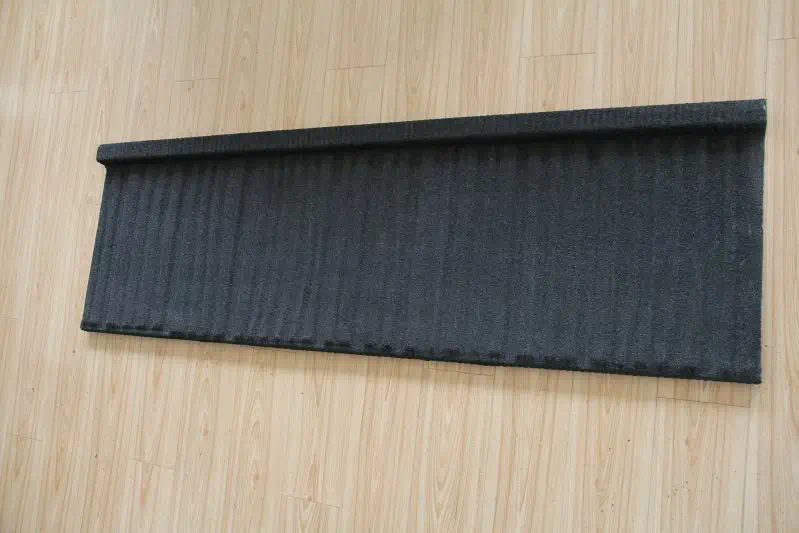Troubleshooting and Repair Tips for CNC Equipment
In today’s advanced manufacturing industry, CNC (Computer Numerical Control) machines play a crucial role in enhancing productivity and precision. However, like any other machinery, CNC equipment is prone to malfunctions and breakdowns. To minimize downtime and maintain optimal performance, it is essential to have a good understanding of troubleshooting and repair techniques. In this article, we will explore some valuable tips for troubleshooting and repairing CNC equipment.
Regular Maintenance
Proactive maintenance is the key to preventing many CNC equipment issues. Regularly inspecting and cleaning the machine, as well as lubricating moving parts, can help identify potential problems before they escalate. Additionally, checking and tightening all connections, such as cables and fasteners, can prevent loose connections, which often lead to electrical or mechanical failures.
Electrical Troubleshooting
When troubleshooting CNC equipment, it is crucial to have a basic understanding of electrical systems. Start by checking the electric pipe bender power supply and ensuring that all connections are secure. If the machine fails to power up or experiences intermittent power loss, it could be due to a faulty power cord or a blown fuse. Inspect the electrical wiring for any signs of damage or loose connections.
Mechanical Troubleshooting

Mechanical issues are common in CNC machines, and identifying the root cause is vital for effective troubleshooting. Begin by examining the axis movements and checking for any unusual noises or vibrations. Misalignment, worn-out bearings, or damaged drive belts can cause irregular movements and affect the machine’s accuracy. Regularly inspect and replace any worn-out or damaged components to prevent further damage.
Software and Programming Issues
CNC machines rely heavily on software and programming to function correctly. If the machine is not responding or producing incorrect outputs, consider checking the software and programming parameters. Ensure that the correct program is loaded, and all settings are properly configured. Updating the software to the latest version can also help resolve compatibility issues and improve overall performance.
Temperature and Cooling
CNC equipment generates a significant amount of heat during operation. Excessive heat can lead to thermal expansion, which affects the accuracy and functionality of the machine. Regularly clean and inspect the cooling system, including fans and heat sinks, to ensure proper airflow and temperature regulation. Overheating can also cause electronic components to fail, so it is essential to monitor the machine’s temperature regularly.
Calibration and Alignment

Accurate calibration and alignment are essential for CNC machines to perform optimally. Regularly check and calibrate the machine’s axes, ensuring they are parallel and perpendicular as required. Use precision measuring tools to verify the accuracy of the machine’s movements and make adjustments if necessary. Proper alignment and calibration prevent errors and ensure consistent and precise results.
Documentation and Communication
Maintaining comprehensive documentation and open communication with manufacturers and technical support teams can greatly aid in troubleshooting and repair processes. Keep a record of any modifications, repairs, or upgrades performed on the machine. This information can help identify recurring issues and provide valuable insights when seeking assistance from experts.
In conclusion, troubleshooting and repairing CNC equipment require a systematic approach and a good understanding of the machine’s electrical, mechanical, and software systems. Regular maintenance, thorough inspections, and proper documentation are key to preventing issues and minimizing downtime. By following these tips, you can ensure the longevity and optimal performance of your CNC equipment, ultimately boosting productivity and profitability in your manufacturing operations.





